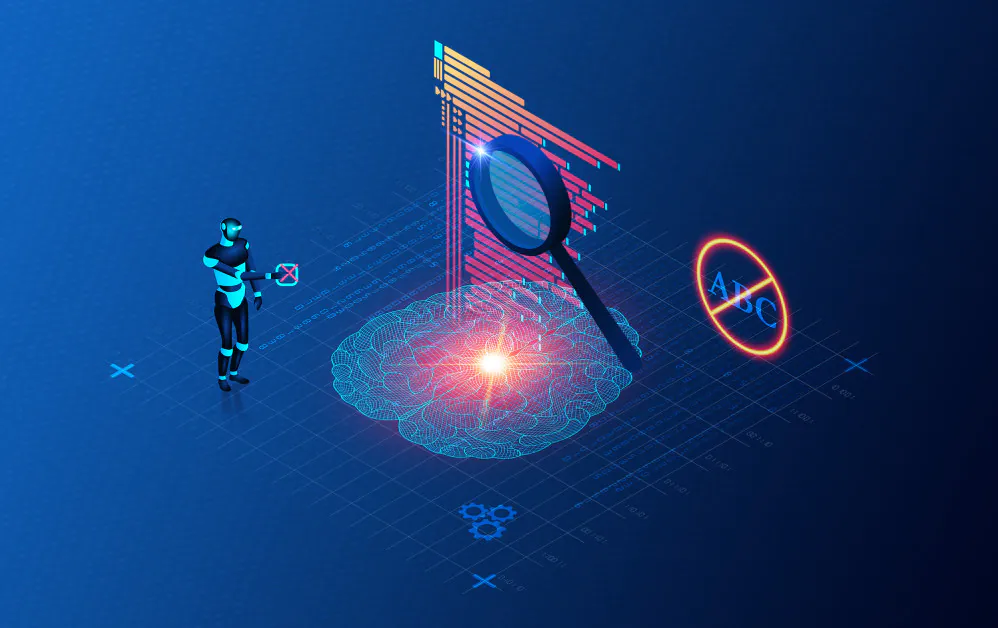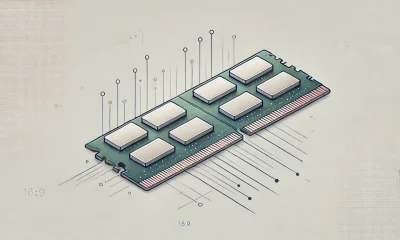Artificial Intelligence
What is Retrieval Augmented Generation?

Large Language Models (LLMs) have contributed to advancing the domain of natural language processing (NLP), yet an existing gap persists in contextual understanding. LLMs can sometimes produce inaccurate or unreliable responses, a phenomenon known as “hallucinations.”
For instance, with ChatGPT, the occurrence of hallucinations is approximated to be around 15% to 20% around 80% of the time.
Retrieval Augmented Generation (RAG) is a powerful Artificial Intelligence (AI) framework designed to address the context gap by optimizing LLM’s output. RAG leverages the vast external knowledge through retrievals, enhancing LLMs’ ability to generate precise, accurate, and contextually rich responses.
Let's explore the significance of RAG within AI systems, unraveling its potential to revolutionize language understanding and generation.
What is Retrieval Augmented Generation (RAG)?
As a hybrid framework, RAG combines the strengths of generative and retrieval models. This combination taps into third-party knowledge sources to support internal representations and to generate more precise and reliable answers.
The architecture of RAG is distinctive, blending sequence-to-sequence (seq2seq) models with Dense Passage Retrieval (DPR) components. This fusion empowers the model to generate contextually relevant responses grounded in accurate information.
RAG establishes transparency with a robust mechanism for fact-checking and validation to ensure reliability and accuracy.
How Retrieval Augmented Generation Works?
In 2020, Meta introduced the RAG framework to extend LLMs beyond their training data. Like an open-book exam, RAG enables LLMs to leverage specialized knowledge for more precise responses by accessing real-world information in response to questions, rather than relying solely on memorized facts.

Original RAG Model by Meta (Image Source)
This innovative technique departs from a data-driven approach, incorporating knowledge-driven components, enhancing language models' accuracy, precision, and contextual understanding.
Additionally, RAG functions in three steps, enhancing the capabilities of language models.

Core Components of RAG (Image Source)
- Retrieval: Retrieval models find information connected to the user's prompt to enhance the language model's response. This involves matching the user's input with relevant documents, ensuring access to accurate and current information. Techniques like Dense Passage Retrieval (DPR) and cosine similarity contribute to effective retrieval in RAG and further refine findings by narrowing it down.
- Augmentation: Following retrieval, the RAG model integrates user query with relevant retrieved data, employing prompt engineering techniques like key phrase extraction, etc. This step effectively communicates the information and context with the LLM, ensuring a comprehensive understanding for accurate output generation.
- Generation: In this phase, the augmented information is decoded using a suitable model, such as a sequence-to-sequence, to produce the ultimate response. The generation step guarantees the model's output is coherent, accurate, and tailored according to the user’s prompt.
What are the Benefits of RAG?
RAG addresses critical challenges in NLP, such as mitigating inaccuracies, reducing reliance on static datasets, and enhancing contextual understanding for more refined and accurate language generation.
RAG’s innovative framework enhances the precision and reliability of generated content, improving the efficiency and adaptability of AI systems.
1. Reduced LLM Hallucinations
By integrating external knowledge sources during prompt generation, RAG ensures that responses are firmly grounded in accurate and contextually relevant information. Responses can also feature citations or references, empowering users to independently verify information. This approach significantly enhances the AI-generated content's reliability and diminishes hallucinations.
2. Up-to-date & Accurate Responses
RAG mitigates the time cutoff of training data or erroneous content by continuously retrieving real-time information. Developers can seamlessly integrate the latest research, statistics, or news directly into generative models. Moreover, it connects LLMs to live social media feeds, news sites, and dynamic information sources. This feature makes RAG an invaluable tool for applications demanding real-time and precise information.
3. Cost-efficiency
Chatbot development often involves utilizing foundation models that are API-accessible LLMs with broad training. Yet, retraining these FMs for domain-specific data incurs high computational and financial costs. RAG optimizes resource utilization and selectively fetches information as needed, reducing unnecessary computations and enhancing overall efficiency. This improves the economic viability of implementing RAG and contributes to the sustainability of AI systems.
4. Synthesized Information
RAG creates comprehensive and relevant responses by seamlessly blending retrieved knowledge with generative capabilities. This synthesis of diverse information sources enhances the depth of the model's understanding, offering more accurate outputs.
5. Ease of Training
RAG's user-friendly nature is manifested in its ease of training. Developers can fine-tune the model effortlessly, adapting it to specific domains or applications. This simplicity in training facilitates the seamless integration of RAG into various AI systems, making it a versatile and accessible solution for advancing language understanding and generation.
RAG’s ability to solve LLM hallucinations and data freshness problems makes it a crucial tool for businesses looking to enhance the accuracy and reliability of their AI systems.
Use Cases of RAG
RAG‘s adaptability offers transformative solutions with real-world impact, from knowledge engines to enhancing search capabilities.
1. Knowledge Engine
RAG can transform traditional language models into comprehensive knowledge engines for up-to-date and authentic content creation. It is especially valuable in scenarios where the latest information is required, such as in educational platforms, research environments, or information-intensive industries.
2. Search Augmentation
By integrating LLMs with search engines, enriching search results with LLM-generated replies improves the accuracy of responses to informational queries. This enhances the user experience and streamlines workflows, making it easier to access the necessary information for their tasks..
3. Text Summarization
RAG can generate concise and informative summaries of large volumes of text. Moreover, RAG saves users time and effort by enabling the development of precise and thorough text summaries by obtaining relevant data from third-party sources.
4. Question & Answer Chatbots
Integrating LLMs into chatbots transforms follow-up processes by enabling the automatic extraction of precise information from company documents and knowledge bases. This elevates the efficiency of chatbots in resolving customer queries accurately and promptly.
Future Prospects and Innovations in RAG
With an increasing focus on personalized responses, real-time information synthesis, and reduced dependency on constant retraining, RAG promises revolutionary developments in language models to facilitate dynamic and contextually aware AI interactions.
As RAG matures, its seamless integration into diverse applications with heightened accuracy offers users a refined and reliable interaction experience.
Visit Unite.ai for better insights into AI innovations and technology.














